Dyes are used to colour many of the things we see and use everyday, including food, hair and clothing. Dyes can be natural (made from plants) or synthetic (made by humans). Natural dyes are usually the strongest dyes.
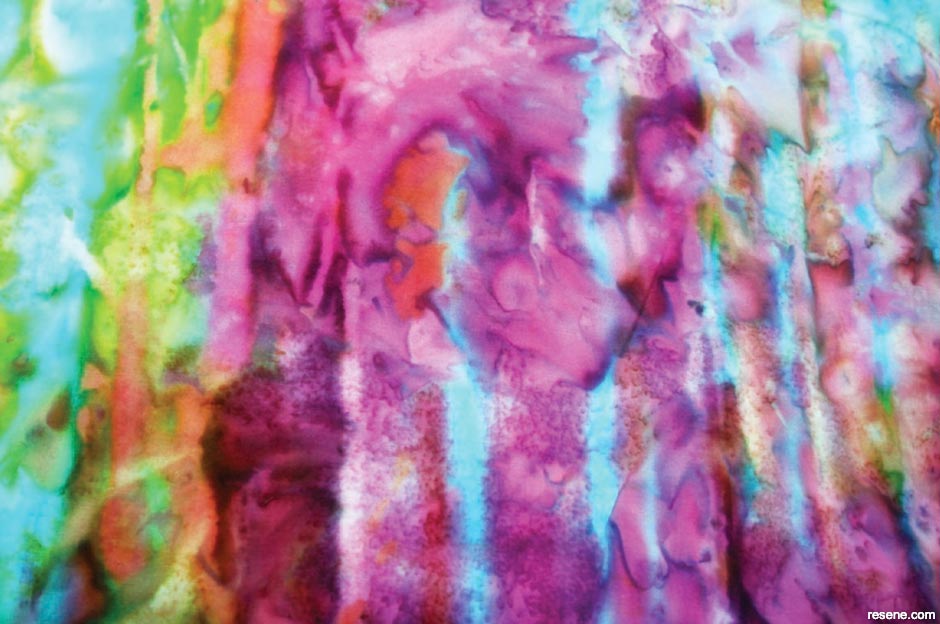
You can also make dyes in your own home using fruits and vegetables.
Step-by-step instructions:
Select a fruit or vegetable, such as onion skins or spinach, and with the help of an adult simmer the fruit or leaves with a little water in a pan for 15 minutes.
Allow to cool then pour it through a sieve so all the fruit or leaves are removed and you are left with just the liquid.
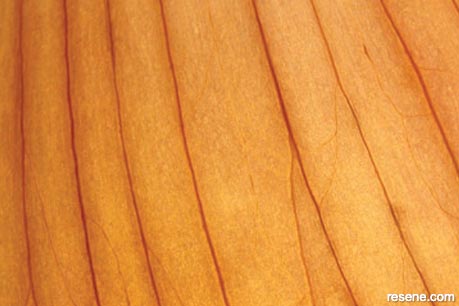
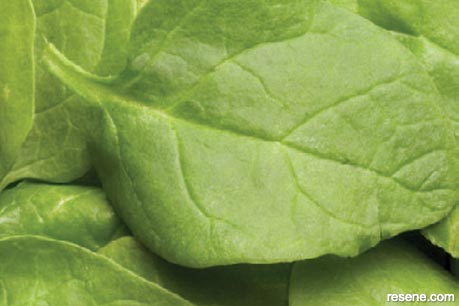
Place the material you want to dye into the liquid and leave to soak for a few minutes, then remove and leave to dry. Once dry you can see that your material has changed colour.
Clean up carefully! Dyes can leave stains, so be careful that the dye does not get on anything other than your fabric.
You can try out lots of different fruits and vegetables to get different colours. Some ideas to try are:
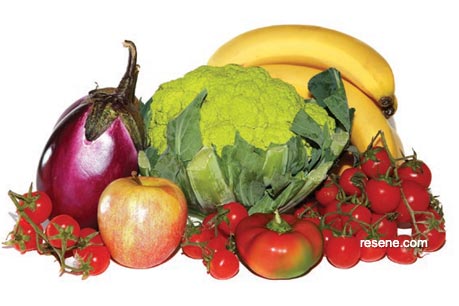
What colour dye do you think each one will make? Try it out for yourself with an adult helping to simmer each one.
Onion skins might seem like an odd thing to use to create a coloured dye as they seem quite pale in colour. However even though the onion skin appears brown it actually contains a yellow pigment that comes out of the skin when it is boiled giving a yellow food dye.
Different fabrics will also absorb the dye in different ways. You can also see this around your own home – sponges in the kitchen soak up water better than a sheet off your bed would. The more dye the fabric soaks in generally the more the fabric will change in colour.
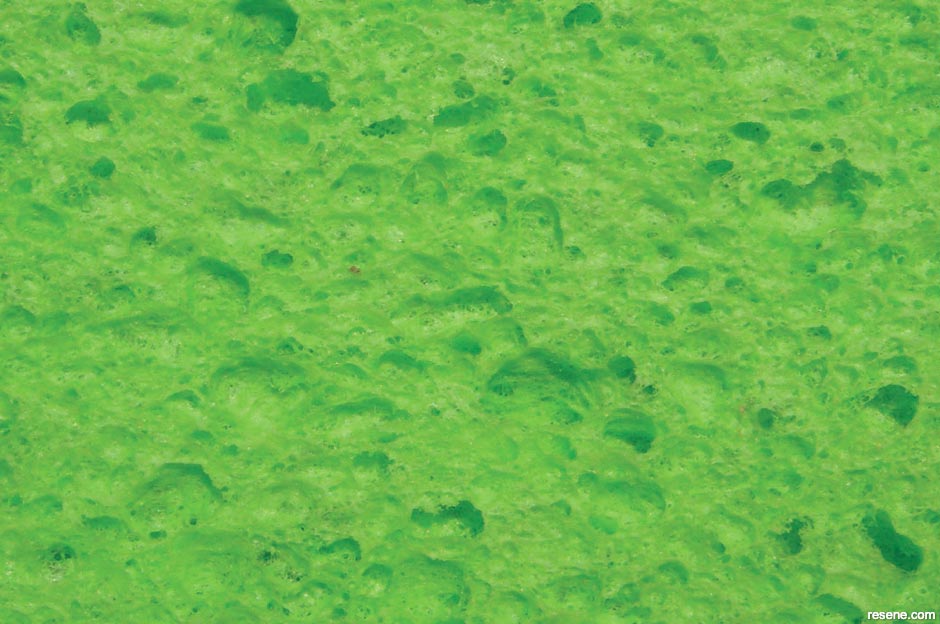
Step-by-step instructions:
Try it out for yourself using old scraps of fabric.
Record what you find and compare results.
You can also change the way fabric absorbs dye.
Step-by-step instructions:
Bunch up pieces of old fabric and tie a piece of string or rubberband around them near the top to keep them together.
Leave in the dye overnight. In the morning take the fabric out and undo the string or rubberband to see what has happened. What is the difference between the fabric and the area where the string or rubberband was?
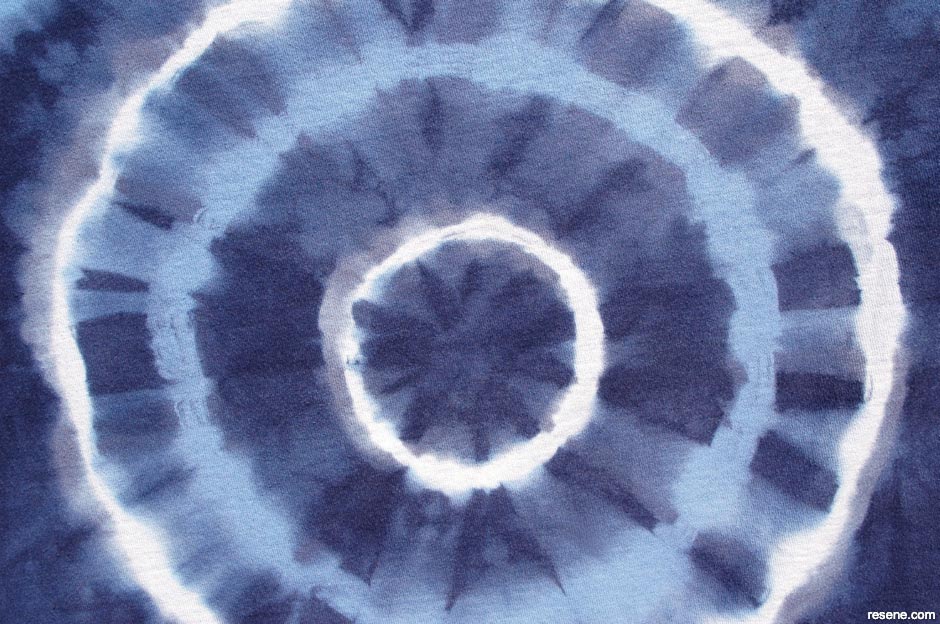
Tie-dyeing uses this idea to create interesting patterns on fabric. Roll and tie the fabric you wish to dye into knots or use rubberbands or string to tie pieces together and then leave to soak in the dye for a few minutes. Remove the fabric and allow to dry. Undo the knots, rolls and string or rubberbands. The dye can’t soak in where the knots and string or rubberbands are, so you will get interesting patterns where the dye has soaked in and where it hasn’t.
Step-by-step instructions:
Another way to use dyes to colour fabric is to draw on the fabric using a candle, then place in the dye and leave to soak for a couple of minutes. Take the fabric out and allow to dry.
Once dry ask an adult to iron the fabric between paper to remove the wax. The wax will stop the dye penetrating into the fabric and you will be able to see the picture you drew against the coloured background of the dye. This is known as batik.
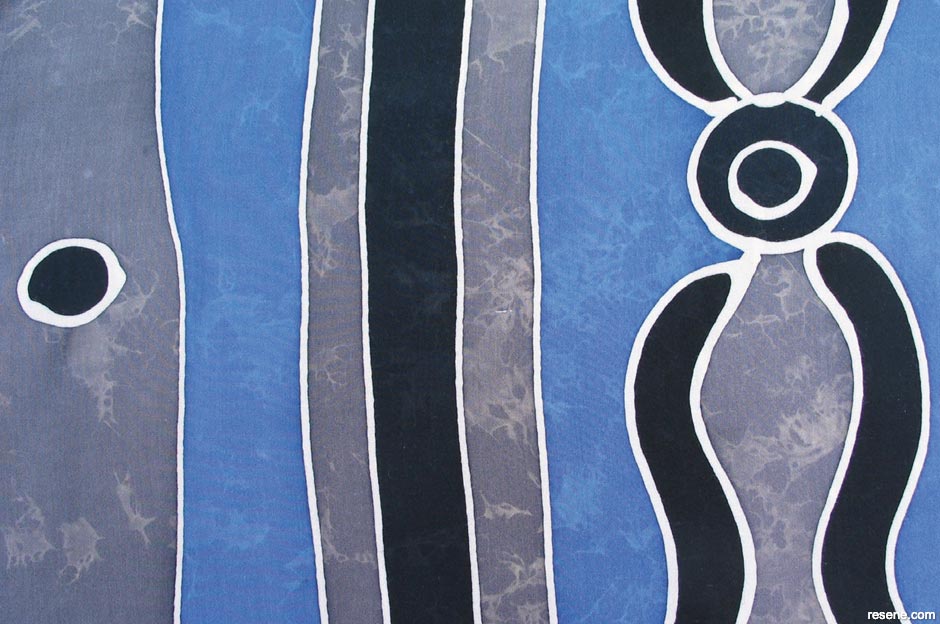
Most vegetable dyes are not colourfast so if you want to dye fabrics and make sure they keep their colour you will need to add some mordant to the dye that will help permanently fix it to the fabric.
You can use the dyes you make to find out whether foods are acid, alkaline or neutral. With the help of an adult make up some red cabbage dye.
Step-by-step instructions:
Chop up and simmer red cabbage leaves with a little water in a pan for 15 minutes. Allow to cool then pour it through a sieve so all the leaves are removed and you are left with just the liquid.
This liquid will be used as the indicator for the experiment. Scientists use universal indicator paper or litmus paper when they conduct tests to show whether something is acid, alkaline or neutral.
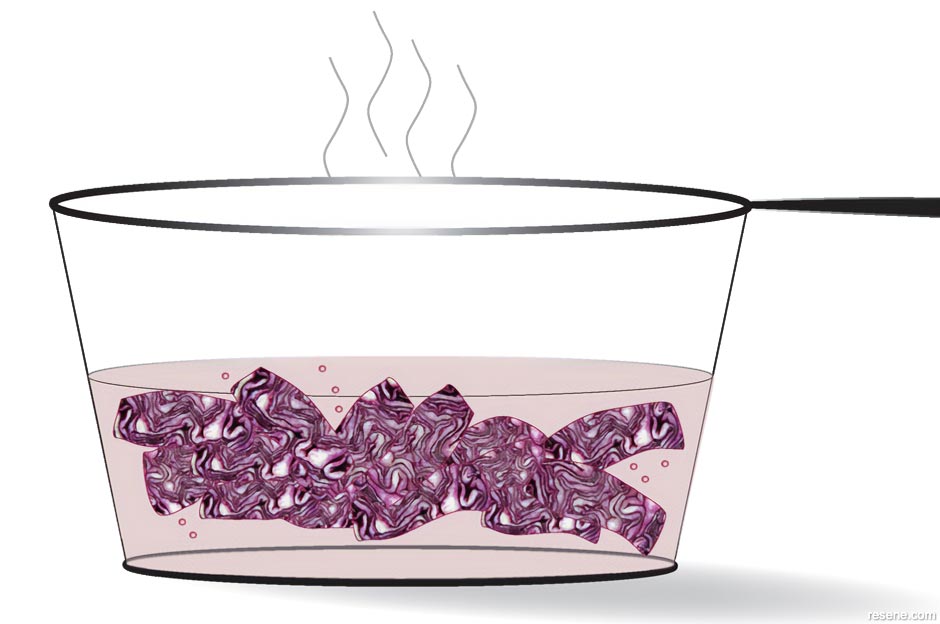
To prepare the indicator, cut blotting paper into strips. Dip into the red cabbage dye, hang and leave to dry.
Once dry, drop a small drop of the foods you wish to test onto the strip. You might like to try testing vinegar, fruit juice, lemon, soap, milk and so on. This method works well when testing liquids.
If you want to test solid things like salt, sugar, backing soda and so on, then put a small amount of the food item you want to test into a saucer and add a quarter teaspoon of the red cabbage dye.
Red cabbage dye will turn red in acids and blue/green in alkaline substances. In neutral substances the red cabbage dye won’t change colour.
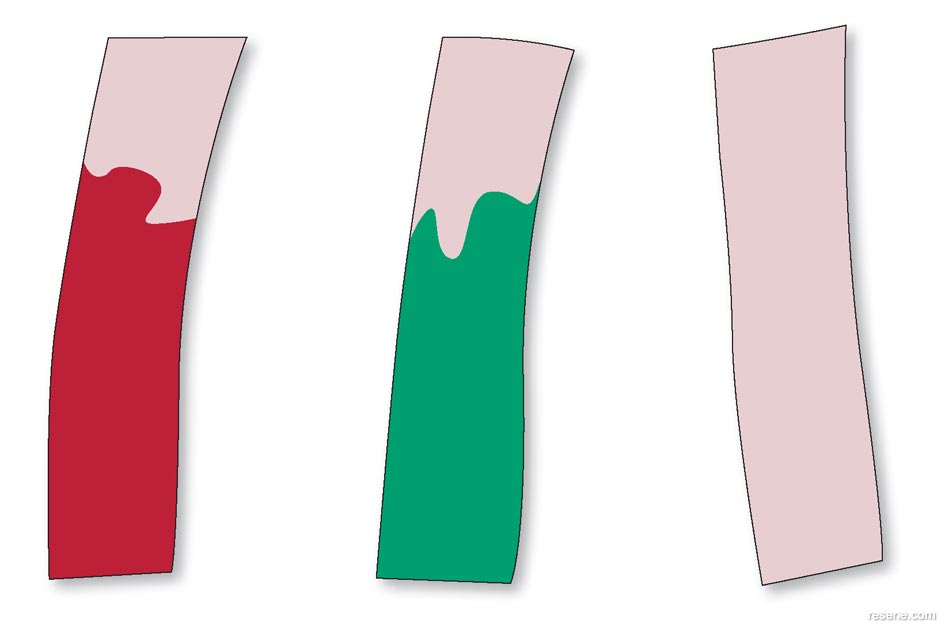
Red = Acid Blue/Green = Acid No change = Neutral
You can use the red cabbage dye to test lots of other foods. Make sure you keep a record of your results.
Now try using another food dye to see if you get the same results.
PDF downloads:
The Resene Everywhere colour series
Learn about colour! The Everywhere colour series is designed for children and will cover lots of things about colour and has projects you can try out for yourself to find out how things work. Colour is magical and lots of fun to experiment with... enjoy!